What pastoralists have taught me
Host: Rangelands NRM
Written by Kane Watson – Regional Landcare Facilitator, Rangelands NRM.
I came into this role thinking I could bring landcare principles to the Southern Rangelands stations, but from what I have seen they are already there! This is not just about what is good for the land but also what is good for the businesses that depend on the country.
I have been impressed to see the deep understanding that so many people have of the connection between healthy ecological systems and the sustainable running of their enterprise, your enterprise. As a Regional Landcare Facilitator in the WA Rangelands I want to see more fencing for stock control, more contour banks for land rehydration, grazing pressure control so that there is more feed on the ground, and I want profitable businesses with easy operations. I get the impression this is the same wish list as every pastoralist I’ve talked to.
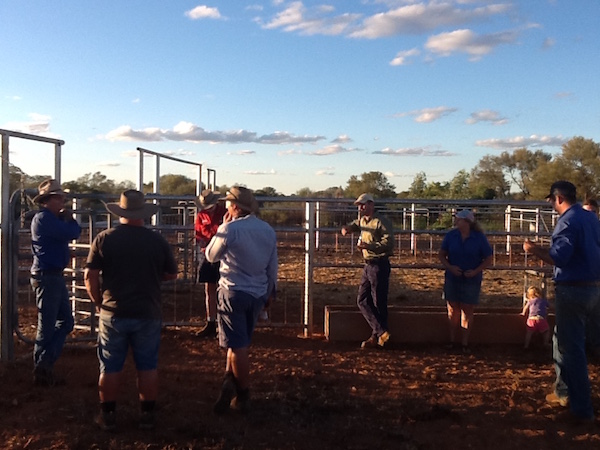 The recent ‘Reflections’ workshops were an opportunity for pastoralists to engage with government and community while exploring some new country and seeing what sustainable agriculture activities have been attempted.
The recent ‘Reflections’ workshops were an opportunity for pastoralists to engage with government and community while exploring some new country and seeing what sustainable agriculture activities have been attempted.
By setting up workshops to promote these aspects I feel I am learning more from the people I’m meeting than what I am giving in the workshops. So many pastoralists in the Rangelands are already applying great landcare principles across their properties, with the limited time and resources they have available. I have seen simple things, such as contour catchments on farm tracks turning into little green pockets, cell fencing that provides feed budgeting and feral control, and stock yards made from scrap having the same functionality and clever features as the most modern and expensive versions. Everything I know is good for the land and want to promote is also good for the pastoral sector.
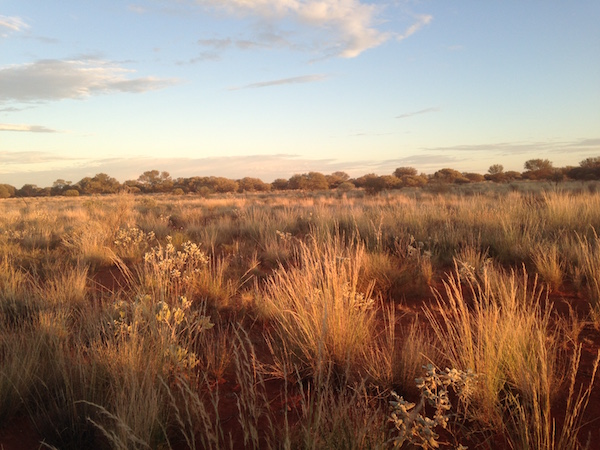 Rested pasture in Wiluna.
Rested pasture in Wiluna.
So how do we make it all work better? By working in this space I am learning that one of the most beneficial things I can do is bring people together to share the variety of different activities being undertaken and the results they are having. By communicating and collaborating we can share ideas and lessons and get some reinforcement that we are on the right track or guidance to get back on it. I have learnt so much from talking with you, I’m sure that land managers who have traditionally been isolated can improve and be inspired from talking together.
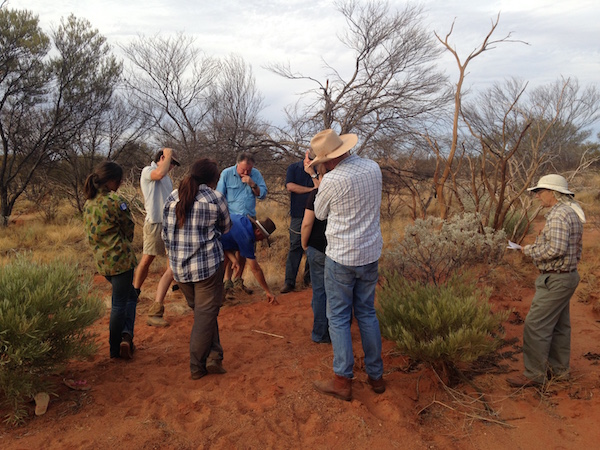 Hugh Pringle talking erosion control and sieve structures on Carrey Downs with the upper Gascoyne LCDC.
Hugh Pringle talking erosion control and sieve structures on Carrey Downs with the upper Gascoyne LCDC.
On a recent Reflections Workshop tour, pastoralists in Leonora, Wiluna, Cue, and the Murchison shared their stories, showed innovations, and helped support those around them. It was also great to see so many pastoralists at the Upper Gascoyne erosion workshop where we explored a host of ideas for sieve structures to control gully erosion.
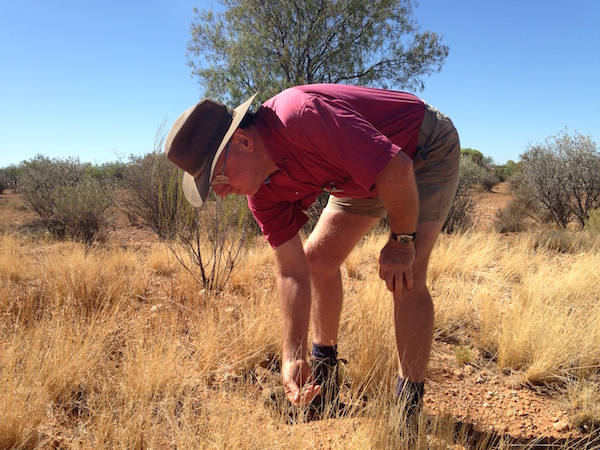 David Blood pasture identification demonstration, Reflections Workshop tour 2016.
David Blood pasture identification demonstration, Reflections Workshop tour 2016.
I know that not everything can be achieved at once and that we may not always agree with the way our neighbours operate, but from what I see we are all aware of the challenges our land faces and the variety of pressures it is under.
We all know the importance of looking after the land and that this is directly related to the success of the pastoral business.
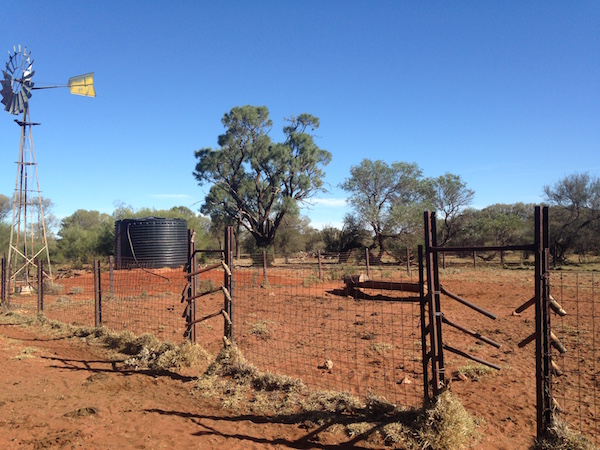 Catch yards in Wiluna.
Catch yards in Wiluna.
We may not have control over the weather (perhaps a debatable statement with climate change) but we have control over how the country is treated and managed for weather events. Keep putting in fencing, erosion control, catchments, feral animal control with your neighbours, strategic waters, and improving stock control. I will be doing what I can along the way to help you and your patch of country.
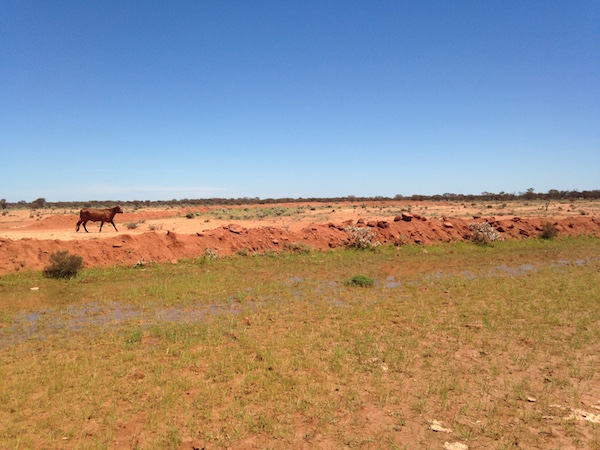 Pervis Banks slowing the flow of water and providing rehydration in Leonora.
Pervis Banks slowing the flow of water and providing rehydration in Leonora.
Let’s keep talking and sharing our understandings and I’m sure we can continue to improve our land systems, pastures, and businesses. You never know, we may even be able to improve the weather!
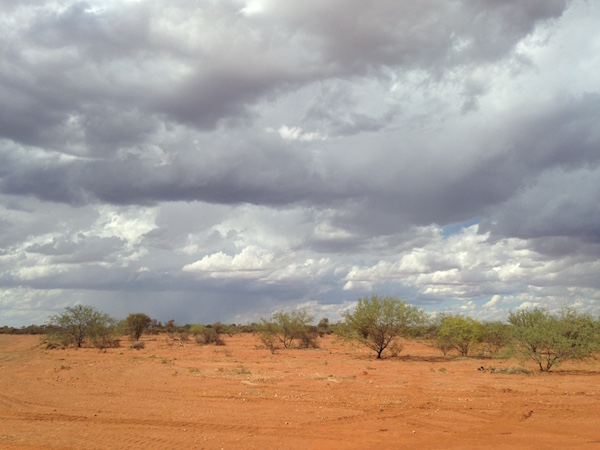 Rain over the Murchison.
Rain over the Murchison.
